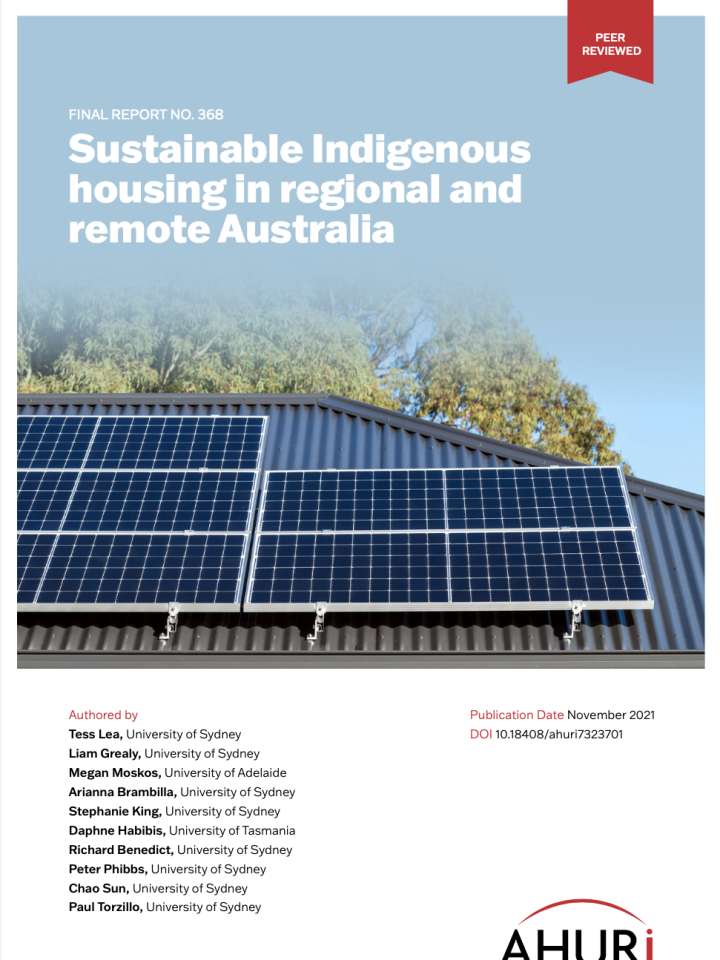Sustainable indigenous housing in regional and remote Australia
This research explores what is required for sustainable Indigenous housing in regional and remote Australia. It argues that sustainability should be understood in terms of the capacity of housing to confer positive health and wellbeing outcomes for householders, where housing stock is consistently maintained at high levels over time and is designed with current and future climate change challenges in mind. The priority of quality design and rigorous property maintenance should be to ensure householders can better exercise healthy living practices.
The research on housing management in the Anangu Pitjantjatjara Yankunytjatjara Lands (APY Lands) identifies features of effective property maintenance within current national policy constraints. Programs are required that prioritise maintaining housing health hardware through both responsive works driven by tenant notification and planned works. A planned multi-trade program significantly reduces travel expenditure by bundling work. This ensures houses are tended to (irrespective of tenant reporting) and it is more likely to maintain better-functioning housing than a responsive program. Where possible, parts and components are also standardised. Housing SA spends 52 to 57 per cent of their remote housing budget on planned maintenance, with only 20 to 26 per cent expenditure on responsive fix work. This distribution conforms to target benchmarks for planned maintenance in urban social housing, but it is rarely achieved in regional and remote housing.
Explore further
